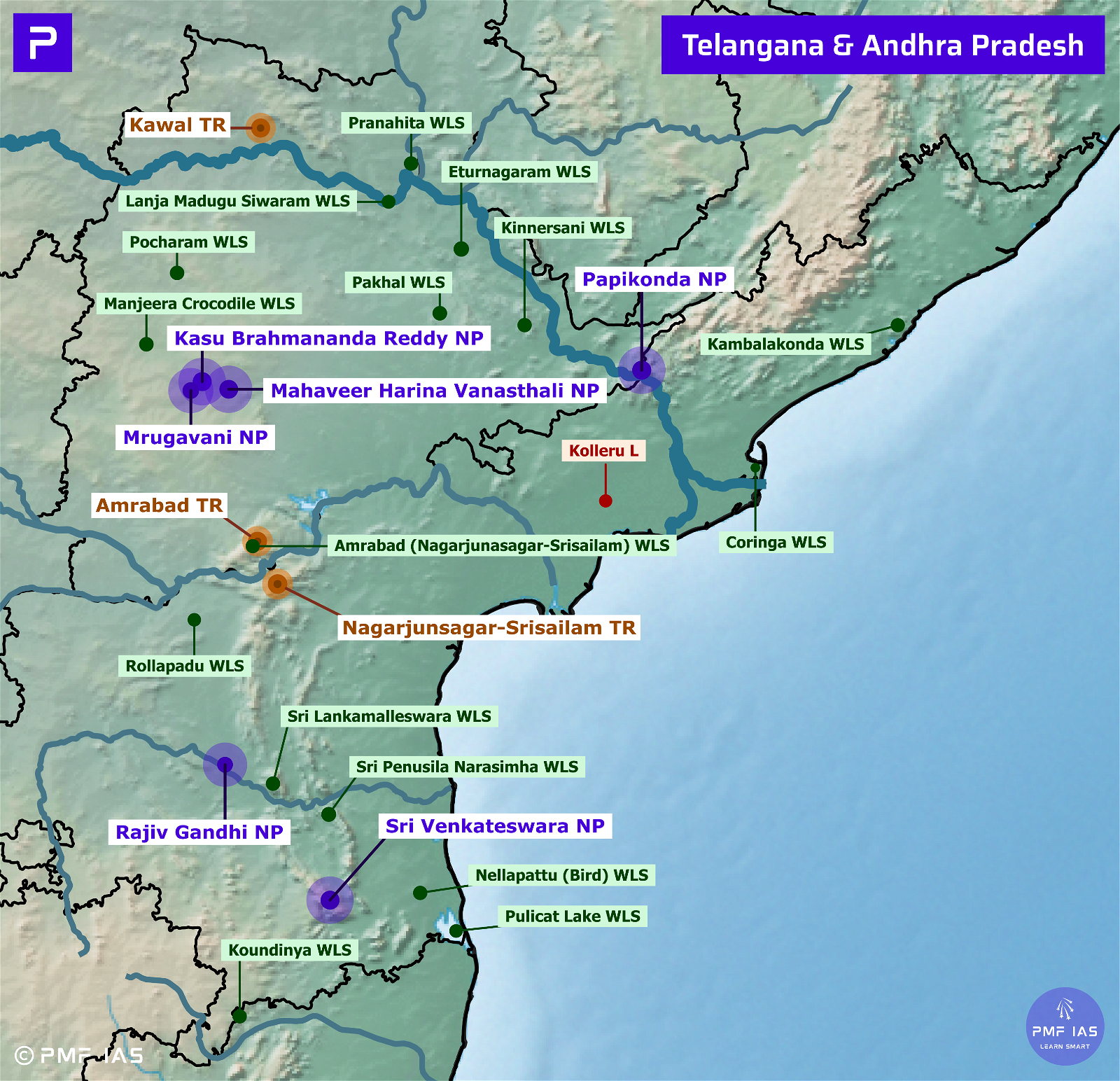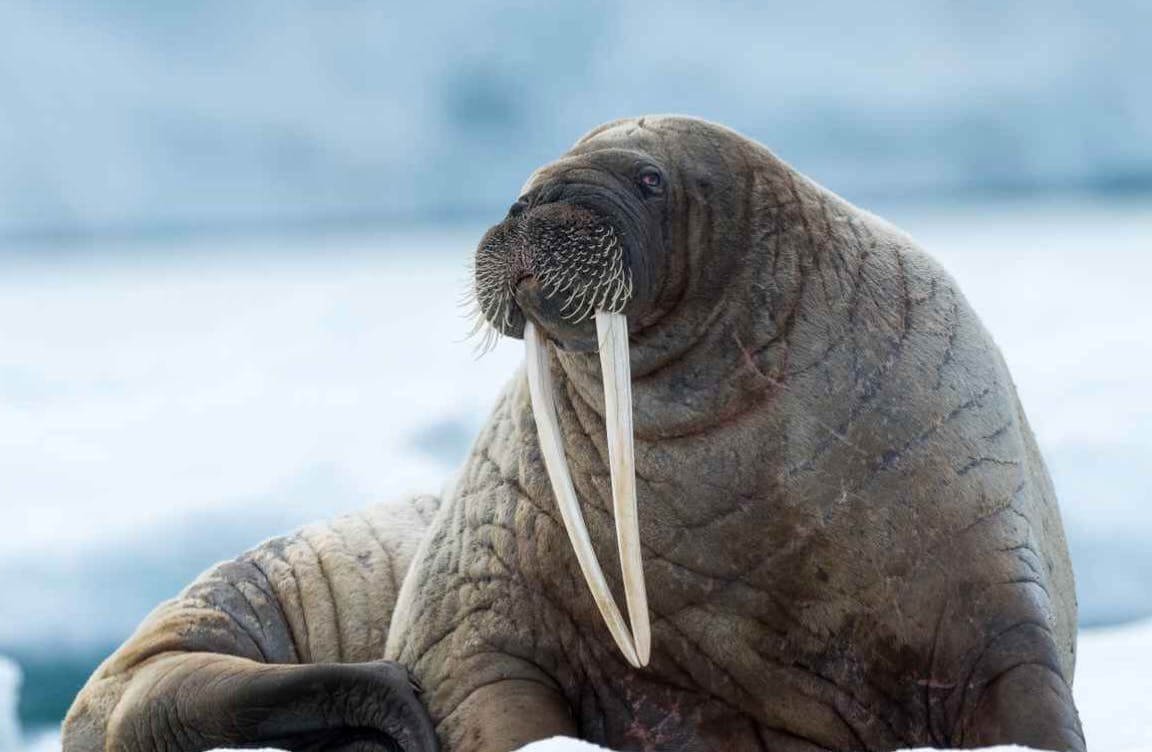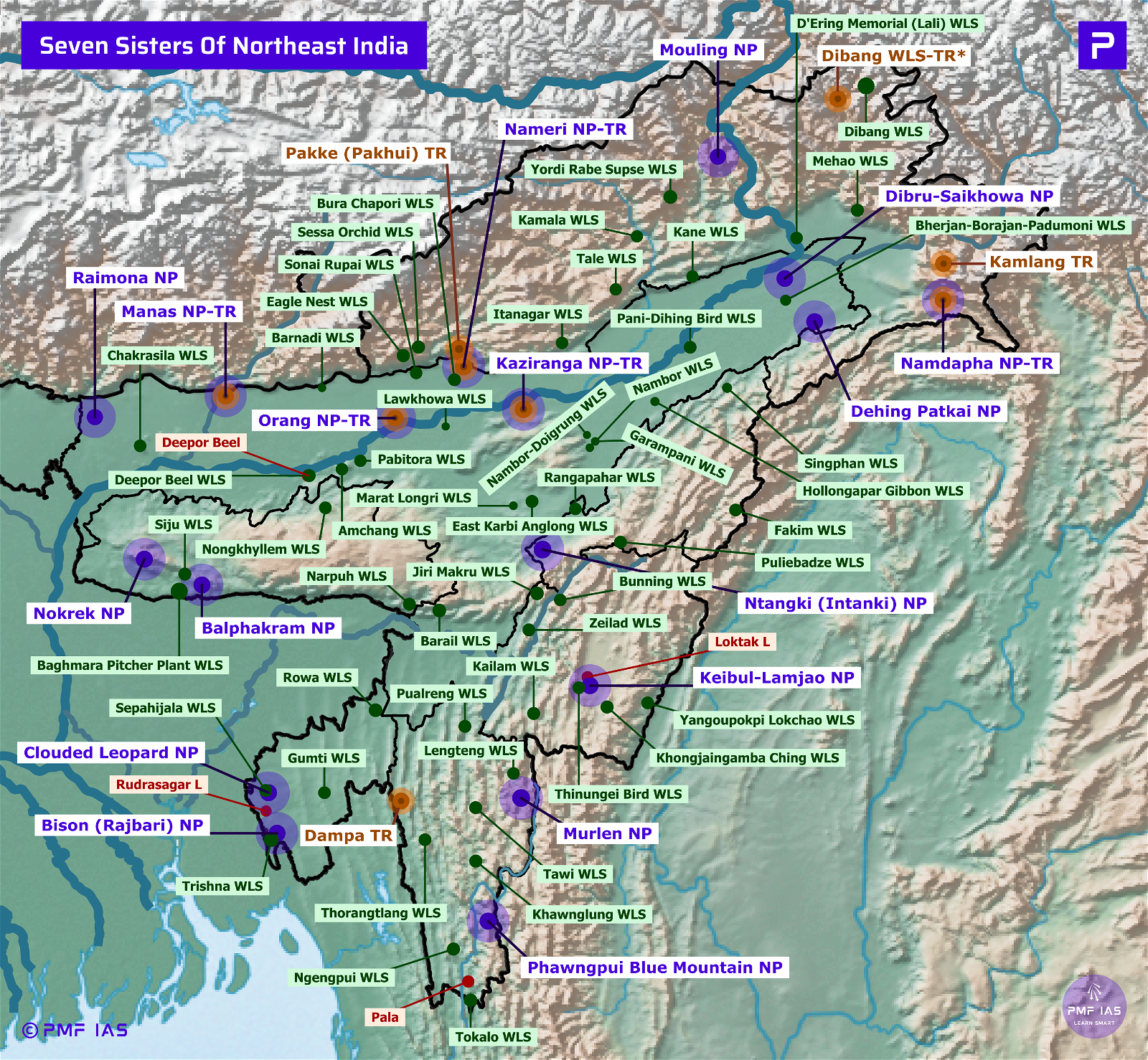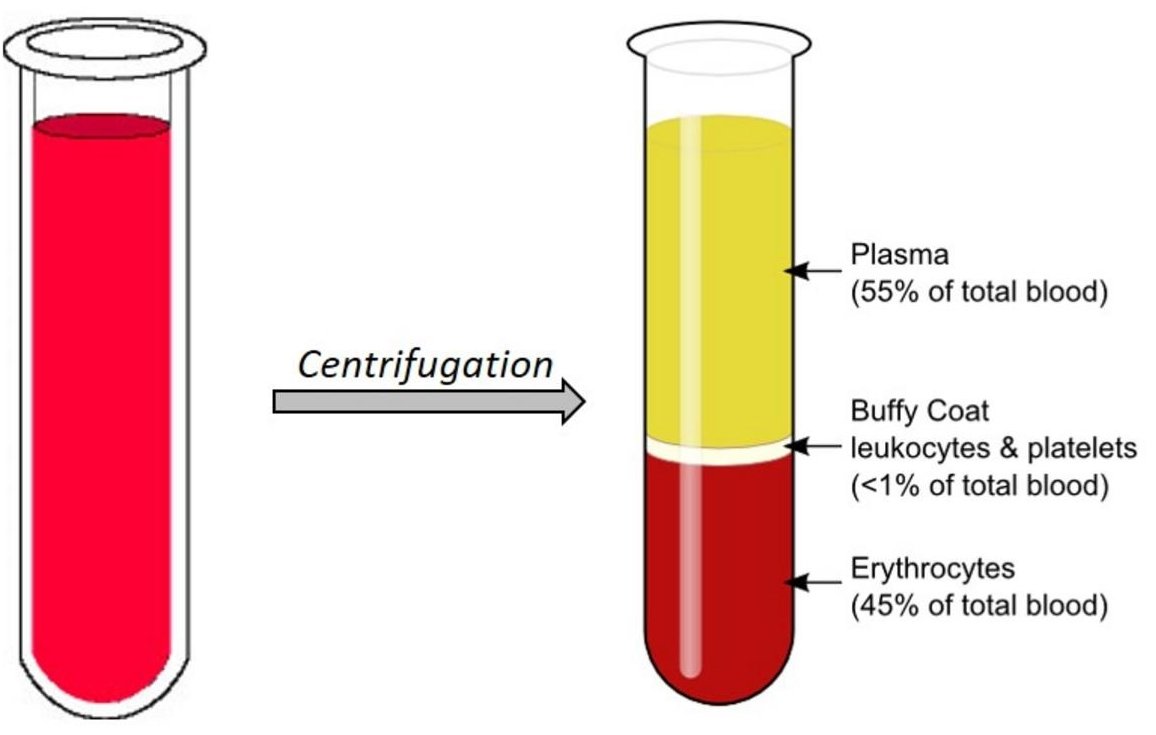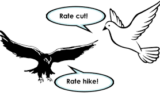
Hawksbill Sea Turtle | Common Angelshark
Subscribe to Never Miss an Important Update! Assured Discounts on New Products!
Must Join PMF IAS Telegram Channel & PMF IAS History Telegram Channel
- Context (DTE): Draft resolution for conservation of hawksbill turtle and angelshark adopted at CMS COP14.
Hawksbill Turtle (Eretmochelys imbricata)
- One of the smaller sea turtle species, the hawksbill turtle gets its name from its narrow, elongated head which tapers sharply with a V-shaped lower jaw.
- It is the only extant species in the genus Eretmochelys.
- The carapace is orange, brown or yellow and hatchlings are mostly brown with pale blotches on scutes.
- Hawksbills are solitary nesters, they nest at intervals of 2-3 years, about 2 to 4 times per season.
- Habitat: Typically found around coastal reefs, rocky areas, estuaries, and lagoons.
- Range: Most tropical of all sea turtles. Found in tropical and subtropical waters of the Atlantic, Pacific, and Indian Oceans.
- Diet: The hawksbill’s narrow head and jaws shaped like a beak allow it to get food from crevices in coral reefs. They eat sponges, anemones, squid, and shrimp.
- Threats: Harvesting for their prized shell, referred to as “tortoise shell.” Bycatch in fishing gear, Climate change, Direct harvest of turtles and eggs, Loss and degradation of nesting habitat, Ocean pollution/marine debris, etc.
- Conservation Status: IUCN: Critically Endangered | WPA: Schedule I | CITES: Appendix I

Common Angelshark (Squatina squatina)
- Angelshark is a cartilaginous fish similar to a ray or skate.
- It can be distinguished from other angelsharks by its simple and conical nasal barbels, high and wide pectoral fins, and small spines that are present on the snout and above the eyes.
- Diet: They eat mostly bony fish, other demersal animals, such as skates, crustaceans, mollusks, and cephalopods.
- Habitat: They are found in coastal and outer continental shelf sediment habitats in the Mediterranean Sea and eastern Atlantic. They may also be found in estuaries and brackish water.
- Conservation Status: IUCN: Critically Endangered | CITES: Appendix I







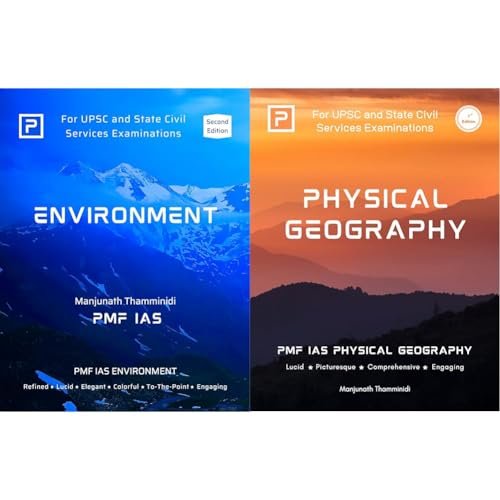
![PMF IAS Environment for UPSC 2022-23 [paperback] PMF IAS [Nov 30, 2021]…](https://pmfias.b-cdn.net/wp-content/uploads/2024/04/pmfiasenvironmentforupsc2022-23paperbackpmfiasnov302021.jpg)

